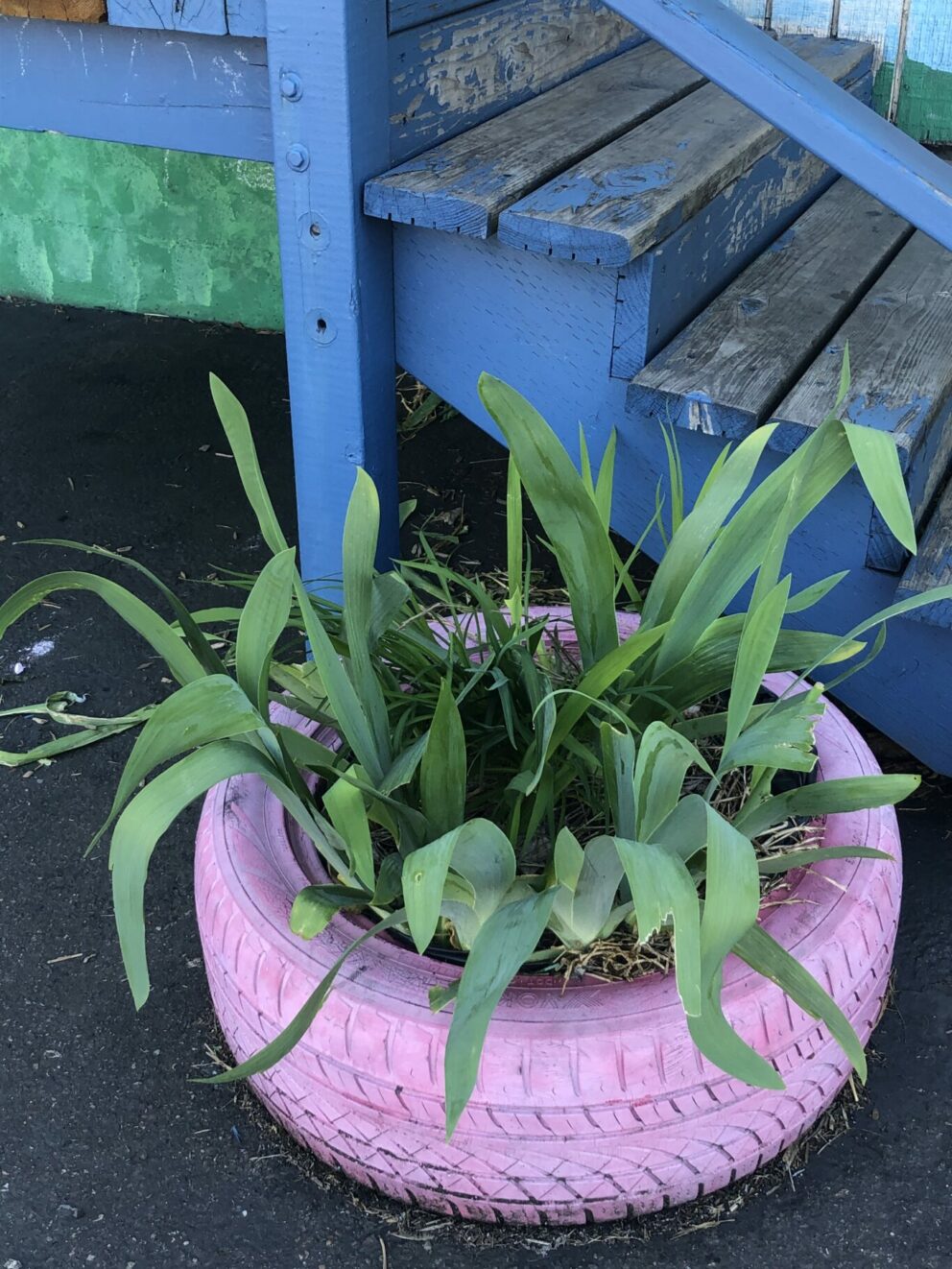What you notice in nature and how you listen, tell a story about your point of view, or your relationships with nature. Wild literacy begins by looking into the lens from which you read nature.

The Heart
Do you feel like a part of nature, or apart? There are many ecological connections between humans and nature to learn about, but knowing we are a part of nature is different from feeling that connection.
From the canyons of city skyscrapers to mountain wilderness, we are a part of nature. Nature is inside us too, we are made of nature. Reading Nature strives to connect both head and heart, science and art for a balanced approach to nature.
I think one of the big problems with science that has led to an awful lot of unintentional cruelty is this division between head and heart. And the perception that a good scientist must be totally objective and that emotion mustn’t come into it, to me that’s very wrong. To me, only when head and heart work in harmony can we achieve our true human potential. – Dr. Jane Goodall in Opening a Dialogue, MasterClass
Nervous System
The English language separates nature into ‘wild’ and ‘tame’, and indeed many civilizations have built environments that look quite different from wild nature. From cities to farms we now live in largely human dominated spaces, but our bodies are still adapted to wild nature. Our ancestors have been around for millions of years, and spent about 99% of that time in ‘wild’ nature. Deep down, our nervous systems still recognize the songs of birds, scents of trees and soft ground underfoot as home.
Head
Civilization’s work to tame nature is out of control. Water, soil, and climate pollution, as well as biodiversity loss are all symptoms that dominant culture’s approach to nature is literally toxic. What would change if we could shift this approach to nature from an internalized worldview of human separation, supremacy and extraction to a partnership of connection, cooperation and reciprocity?
What would life look like if humans approached nature not as a dominating force, nor as passive observers but as active participants in a mutual partnership? Many indigenous cultures worldwide hold values that center this approach.
Breath
We participate in wild nature everyday through the water we drink, the air we breathe and gravity’s pull connecting our bodies to the ground. We know we are not separate from nature, yet how often is that connection felt? It is challenging to feel connected in loud, concrete cities, with fast moving lives. Nervous systems learn to disconnect to adapt, survive and persist in the face of trauma. Disconnection has been built by design into the structures and systems we live in. It is the result of centuries of efforts to control “wild” nature, to “civilize” and distinguish humans as more advanced and civil than other animals, other species. This, in order to create hierarchies of control so ingrained that the right to dominate the land, push out other species, and force “less civilized” humans to do the hard work, is normalized. In short.
Connecting nature “out there” with nature “right here,” and healing the space between ‘wild’ and ‘tame’ is a daily, ongoing process. Race, class, gender… and other intergenerational traumas are tied to access to land, to home. Opening to nature, to the conversation, can be painful. Healing is not a linear process. Breathe, drink water, feel your body’s connection with the ground.
Habitat
Nature is a living room that we are guests in for a short time. Where you live – your front stoop, yard, local parks and forests – are connected to living nature. You share a habitat, or a home with birds, pollinators and all of life. Each species has a niche, or a part to play. Every species feeds or shelters another. Humans are a part of it all too, as hard as it is. We are like ecosystem enzymes with an ability to accelerate or decelerate nature’s cycles. With knowledge and heart, one way to participate or intentionally be a part of nature, is to accelerate the restoration and healing of habitat. Habitat that provides species with food, water, shelter and space to survive, including ourselves. By planting habitat in our communities, we invite nature home to our senses. Connect with your senses, your heart, and welcome nature home.
